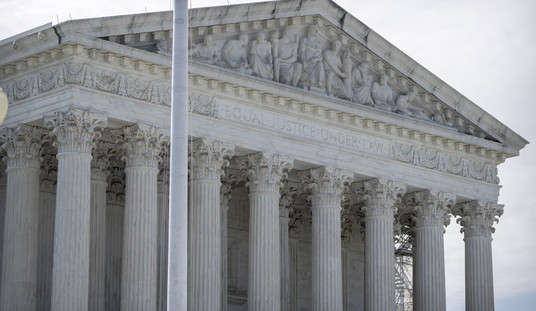The NCAA Rules Committee has decided to table a motion that would have required college football offenses to wait 10 seconds between plays. The recent move by some coaches toward super-hurry up offenses had some schools claiming that the increase in the number of plays put players at risk for injury.
The real problem was that some coaches couldn’t figure out how to consistently stop those light speed offenses and wanted a respite. Some teams like Oregon snap the ball so quickly, it is impossible for the defense to make substitutions — extra defensive backs for passing downs, for example. The speed of the game also puts enormous pressure on defenses to make the right call and get players in the right position. More often than not, the ball is snapped, the defense isn’t ready, and gaping holes open up for running backs, while receivers run to daylight.
But some powerful coaches didn’t like going up against these offenses and wanted to change the rules. Some coaches were referring to the proposed rule change as the “Saban Rule,” after Alabama’s hugely successful coach Nick Saban, who has been a strong critic of the hurry up, or “spread” offense, saying that it’s “logical” that the more plays there are, the better chance for injury there is. Most coaches — whether they run the up tempo offense or not — believe that’s nonsense, pointing to the lack of evidence for any such contention:
Coaches opposed to the proposal suggested other possible motives, including a philosophical divide over how football should be played. They noted the participation of Arkansas’ Bret Bielema and Alabama’s Nick Saban – who have both been vocal about the trend toward ever-faster pace – in the rules committee discussions before the proposal was initially approved.
At the time the proposal was announced, Sumlin called it “an attempt to limit the creativity of the game.” South Carolina’s Steve Spurrier called it “the Saban Rule”, suggesting his counterpart was simply attempting to advance his own aims.
Arizona’s Rich Rodriguez called the rule “ridiculous”, saying: “It’s a fundamental rule of football that the offense has two advantages: knowing where they’re going and when they’re going. The defense has one advantage: they can move all 11 guys before the snap.
“What’s next, are you gonna go to three downs rather than four downs? It’s silly.”
The debate devolved in that direction, too.
On Monday, Arizona’s official Twitter account released a video parody of the movie “Speed,” in which Rodriguez said, “I think there’s some coaches that have a hidden agenda. … They’re holding college football for ransom. … People want to see action. They don’t want to see huddles, people holding hands and singing kumbaya.”
In a text message, Rodriguez told USA TODAY Sports the video “might be a little over the top but it only took an hour of my time!”
Last week, Saban told reporters, “I don’t necessarily have an opinion on the 10-second rule.” But he added his primary concern was safety and reiterated a question he had asked before: “Was football intended to be a continuous game?”
It is well and good that the NCAA has developed rules to protect players. One proposed rule change would adopt the NFL’s “Brady Rule” to prevent quarterbacks from being hit below the knee. That’s a likely rules change that will occur next year.
But in a game where a player’s season or even career can end on the next play, does Saban have a point?
“The fastball guys (up-tempo coaches) say there’s no data out there, and I guess you have to use some logic,” Saban told ESPN. “What’s the logic? If you smoke one cigarette, do you have the same chances of getting cancer if you smoke 20? I guess there’s no study that specifically says that. But logically, we would say, ‘Yeah, there probably is.’”
It is doubtful that any meaningful study will “prove” that running the spread offense is necessarily more dangerous than a normal offense. You’re going to have to prove that the specific style of play contributed to the injury. Otherwise, who’s to say that if the team had been running a normal offense, the injury wouldn’t have occurred anyway?
I say, let ’em play. Eventually, some smart defensive coach will simplify things to the point where defenses will be able to stop the up tempo offense on a regular basis. That’s the way its been with every offensive innovation that’s come down the pike. From the forward pass, to the “T” formation, the swing wing, the wishbone — eventually, defenses were developed to counter all those formations and plays.
Coach Saban would do well to concentrate on finding a way to stop the spread offense on the field rather than in the rules committee.










Join the conversation as a VIP Member